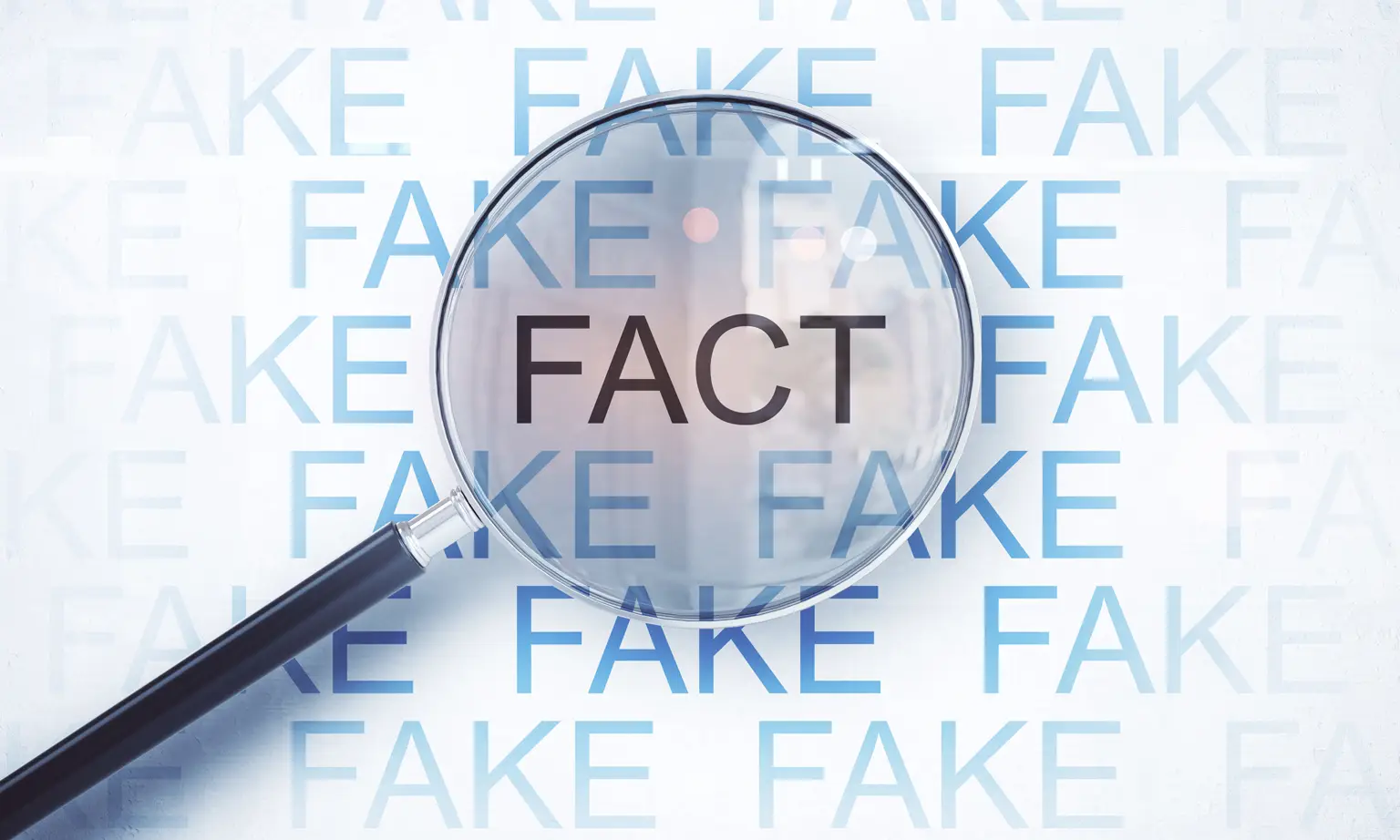Angie’s List, the pioneer in online reviews since 1995, is facing challenging times with the recent proliferation of free review sites.
Many of the members of Angie’s list (that lists mostly home-improvement services and contractors) feel that the value proposition is quite simple; when they are going to invest upwards of $50,000 on a home renovation or related cost, they are willing to spend a few extra dollars to ensure that they are reaching a network of people who have given honest, real-life recommendations of services they have used themselves.
According to the company’s second-quarter 2014 results, Angie’s list has 2.8 million paid memberships as of the end of June, which is up from 2.2 million the year before and 820,000 in 2011.
Despite this obvious growth in user acquisition, Angie’s List appears to be teetering on the edge of extinction. Why? Just a couple of weeks ago, it was reported that Angie’s list had hired a team of investment bankers to do a company evaluation in order to potentially entertain the idea of putting it up for sale. Shares increased by 20% but were still down more than 50% compared to the previous year.
According to a post by Indianapolis Business Journal, the reason is that Angie’s List has never turned a profit. Last October, a report was released that even showed a net loss of $13.5 million for the third quarter of 2013, following a loss of $18.5 million for the same period the year before.
Some of you may be wondering: why hasn’t any of this growth resulted in an increase in profits? It is likely due to the expansion into new markets; Angie’s List is now offered in 253 areas of the country, up from about 200 in 2012.
Angie’s List has also been forced to downscale the price of its memberships in order to remain competitive with other, free-to-use review sites such as Yelp, Google+, Citysearch, etc. You can now expect to pay about a little over $12 for an annual membership, which is over half of the $36 membership fee they were charging ten years ago. And it’s fairly easy to get an online coupon code that will discount that fee anywhere from 30-40% off.
It also doesn’t help that the company recently agreed to a $2.8 million settlement to curb a lawsuit alleging it had renewed subscribers’ memberships at a rate higher than it had led them to believe.
Perhaps at the center of this discussion is the legitimacy of the reviews listed on the site. In fact, much (if not most) of the revenue for Angie’s List is obtained by the very same businesses that are listed on their site, creating somewhat of a conflict of interest. How can a company remain unbiased when the companies funding its very existence are the ones who are supposed to be rated in a non-biased fashion by consumers on their site?
“Almost 70 percent of the company’s revenues come from advertising purchased by the service providers being rated, ” a 2013 Consumer Reports investigation explained.
It’s hard to believe that this funding has no bearing on how these companies appear in search results.
“We think the ability of A- and B-rated companies to buy their way to the top of the default search results skews the results… They get 12 times more profile views than companies that don’t buy ads, ” Consumer Reports criticizes.

This is a practice that Yelp has been accused of and criticized many times over. Yelp has continued to vehemently deny this practice and maintains that “Yelp uses automated software to recommend the most helpful and reliable reviews for the Yelp community among the millions we get. The software looks at dozens of different signals, including various measures of quality, reliability, and activity on Yelp. The process has nothing to do with whether a business advertises on Yelp or not.”
In the meantime, Angie’s List seems to have found the sweet spot as far as the amount it must lower its membership fees by in order to maintain the increase in annual subscribers year over year. The question becomes: Is this sustainable, given the fact that the legitimacy of the reviews listed on the site continues to be called into question?
And is being a paid review site going to continue to be, or become even more of, a challenge gave the obvious rising growth of free-to-use review sites such as Yelp, Citysearch, and the like?
What do you think? Let us know in the comments below!
Source: http://time.com/money/3452998/angies-list-sale-user-reviews/









